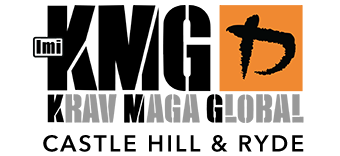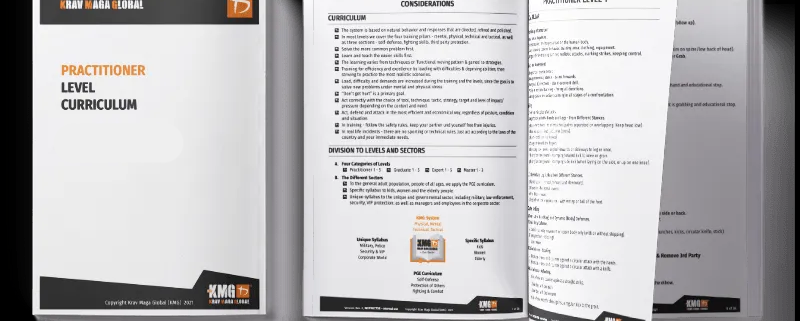2022 Practitioner Curriculum Update
KMG is introducing a new P1 to P5 curriculum to be followed in the coming months by those for G and E levels.
First and foremost, the current curriculum was introduced in 2010 with a modest modification issued in 2014. Much has changed in the past 10 years in many fields, including those related to what we do, so this warrants a re-examination of what and how we teach and train to stay current with the changes in the world.
For our current adult members, please check your email(s) for a copy of the latest curriculum.
To help you understand some of the changes at a high level, we have documented a few points for you below:
Some Key Aspects of the New Approach
- The introduction of a ‘Tactical Pillar’ to foster tactical decision making, ‘fighting smart’ rather than just ‘fighting hard’ to bring any confrontation we find ourselves in, to a conclusion of our choosing, and choosing correctly. This recognises that in most confrontations the attacker has the advantage at least in timing and intent, if not in size and numbers. We must therefore train to turn anything and everything to their advantage to prevail.
- An expansion of the timeline concept is present in a few areas of the current curriculum to where it applies across the whole curriculum. The prime goal is on stopping the threat at the earliest opportunity with the minimum of physical violence rather than waiting for the attack to be (almost) complete and then reacting (late).
- In our decisions and actions, we take account of the new reality that witnesses and cameras are everywhere. Our actions will likely be seen and recorded. Ignoring this fact of life may create difficulties for us in justifying our decisions and actions after the fact with consequences to follow.
- Concurrently acknowledging the fact that most attacks against civilians in first world countries are at the lower end of the spectrum of violence and so warrant a low force (generally non-striking) response if one is required at all. This is referred to as ‘scaling our force’ to suit the situation. Consideration of what we do in the context of the confrontation, who am I, who are ‘they’, what the confrontation is about, where it is occurring, who else is present, is it a work, school or family situation etc?
- A testing process that considers the full suite of tactical, technical, mental, and physical skills required to prepare for a real-life violent incident under conditions of fear, time pressure and uncertainty. A broader scope of testing that not only examines technical skills but also managing non-compliant partners in goal-orientated drills and problem-solving and decision-making skills in simulations and scenario tests to demonstrate tactical judgment and decision-making under stress underpinned by the ability to adapt to the context of the confrontation.
- From Instructing to Coaching – Extending the development path of instructors from just that, instructing which is the direct teaching of set movement patterns that the student needs to copy, to that of coaching. Implementing a teaching and training model that shifts to find more of a balance between being instructor-focused to student-focused. A model that (in time) puts more focus on having students find, by themselves, answers to self-defence problems rather than being dependent on the instructor. We must provide the opportunity for students to forge their decision-making and problem-solving skills in class for use when attacked on the street when their instructor will not be present to provide guidance.
It is evident that this is a major shift, representing a substantial change, that is taking advantage of an organization spread around the world. Instructors, students and training sessions should be impacted. This change means all facets of our training, teaching, and testing are reviewed and revised. Really it is less a ‘curriculum’ change and more a ‘system change’, something between evolution and revolution. We could call it ‘KMG 2.0’.
It is an undertaking that will take time and must be managed and progressed in steps. It is easier to continue doing what we have always done, but if we wish to progress, excel, stay relevant and lead the world of self-defence and personal protection we need to embrace that change.
We must stay true to ourselves and the reasons for training KMG Krav Maga in the first place. That old saying applies here: do we do what is easy or do what we know is right? The choice we have is quite straightforward. Let’s make that change!



